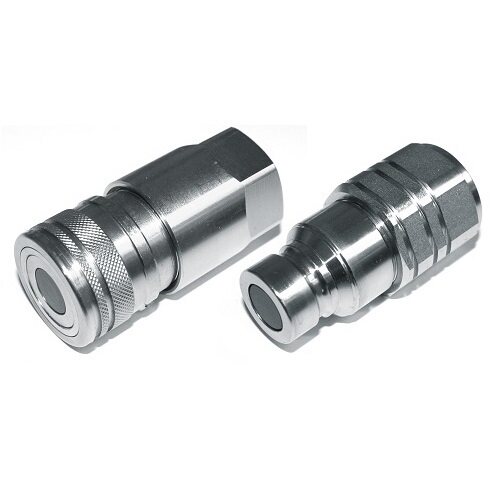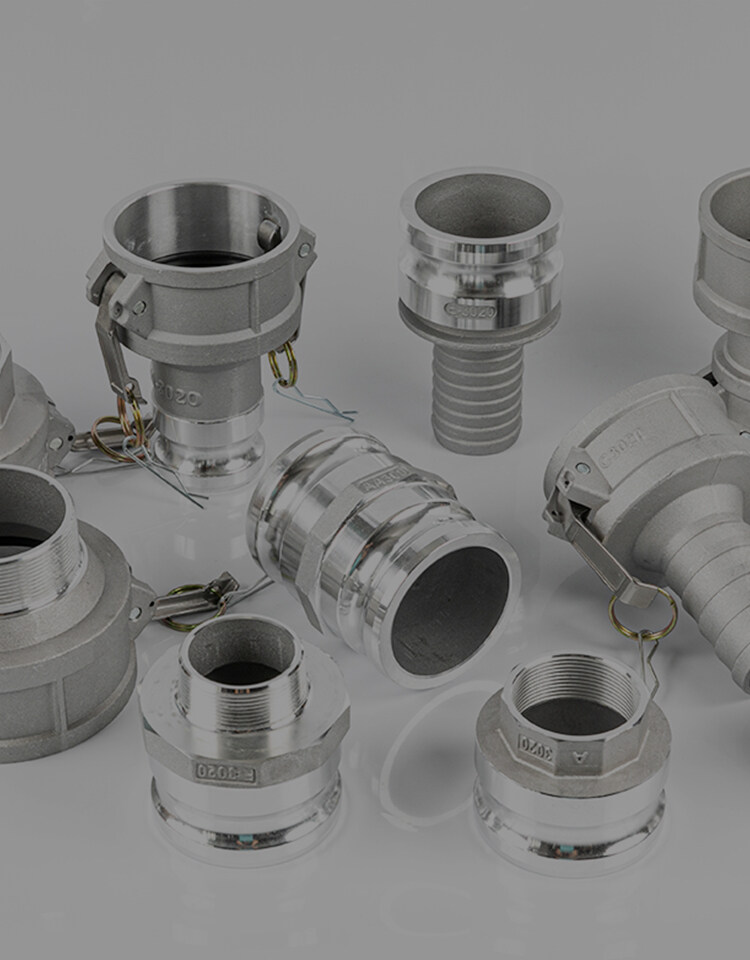Email format error
Email cannot be empty
Email already exists
6-20 characters(letters plus numbers only)
The password is inconsistent
Email format error
Email cannot be empty
Email does not exist
6-20 characters(letters plus numbers only)
The password is inconsistent

News
Here, you can describe a piece of text you want to express

Connecting Efficiency: Exploring the Vital Role of Connectors and Couplings
In the intricate landscape of fluid systems and industrial applications, the role of connectors and couplings is fundamental. These components play a pivotal role in ensuring the seamless and efficient transfer of liquids, gases, and other substances. This blog aims to delve into the key features and significance of connectors and couplings, shedding light on their diverse applications and the vital role they play in various industries.
Understanding Connectors and Couplings
Connectors and couplings are essential elements in fluid systems, serving as the interfaces that join different parts of a system together. These components enable the transfer of fluids from one point to another, providing a vital link in the intricate network of pipelines, hoses, and machinery.
The Distinction Between Connectors and Couplings
While the terms "connectors" and "couplings" are often used interchangeably, they serve distinct purposes within fluid systems.
- Connectors: These are devices that link two components, allowing the flow of fluids between them. Connectors come in various forms, including threaded, quick-connect, and push-to-connect types, providing versatility in different applications.
- Couplings: Couplings, on the other hand, specifically refer to devices that connect and disconnect two sections of a pipeline or hose swiftly and efficiently. These are critical for tasks that require frequent disassembly and reassembly.
Key Features of Connectors and Couplings
1.Material Composition: Connectors and couplings are often constructed from materials such as stainless steel, brass, aluminum, or plastics, chosen for their durability, corrosion resistance, and suitability for specific applications.
2.Versatility: These components are designed to accommodate a wide range of fluid types, temperatures, and pressures, making them adaptable for use in diverse industries.
3.Connection Mechanisms: Whether it's the threading of connectors or the quick-connect mechanisms of couplings, the ease of connection and disconnection is a defining feature. This facilitates rapid maintenance, installation, and disassembly processes.
Applications Across Industries
Connectors and couplings find applications across various industries, each benefiting from their unique features.
1.Manufacturing and Processing: In manufacturing, connectors and couplings are crucial for the smooth flow of liquids and gases through different stages of production processes.
2.Construction: The construction industry relies on these components for tasks such as hydraulic systems, ensuring efficient fluid transfer in heavy machinery.
3.Agriculture: Connectors and couplings play a vital role in irrigation systems, facilitating the efficient distribution of water in agricultural settings.
4.Oil and Gas: In the oil and gas industry, where harsh conditions are prevalent, robust connectors and couplings are essential for fluid transfer in drilling and extraction processes.
Choosing the Right Connectors and Couplings
Selecting the appropriate connectors and couplings is critical for the efficiency and safety of fluid systems. Factors such as material compatibility, pressure ratings, temperature requirements, and environmental conditions should be considered during the selection process.
Maintenance and Best Practices
Regular maintenance is essential to ensure the longevity and performance of connectors and couplings.
1.Inspection: Periodic checks for wear, corrosion, or damage are crucial to identify potential issues early on.
2.Proper Installation: Following manufacturer guidelines for installation and torque specifications ensures the secure and efficient functioning of connectors and couplings.
Innovations in Connector and Coupling Technology
As technology advances, so does the field of connectors and couplings. Innovations include:
1.Smart Connectivity: Some connectors and couplings now feature smart technologies for real-time monitoring, providing insights into usage and potential maintenance needs.
2.Advanced Materials: Ongoing advancements introduce materials with improved durability, chemical resistance, and performance in challenging environments.
Conclusion:
In conclusion, connectors and couplings are unsung heroes in the realm of fluid systems. Their ability to facilitate efficient and secure fluid transfer is indispensable across a multitude of industries. As we continue to prioritize efficiency, safety, and adaptability in fluid systems, connectors and couplings remain at the forefront, ensuring the seamless flow of liquids and gases in the dynamic landscape of industrial applications.

